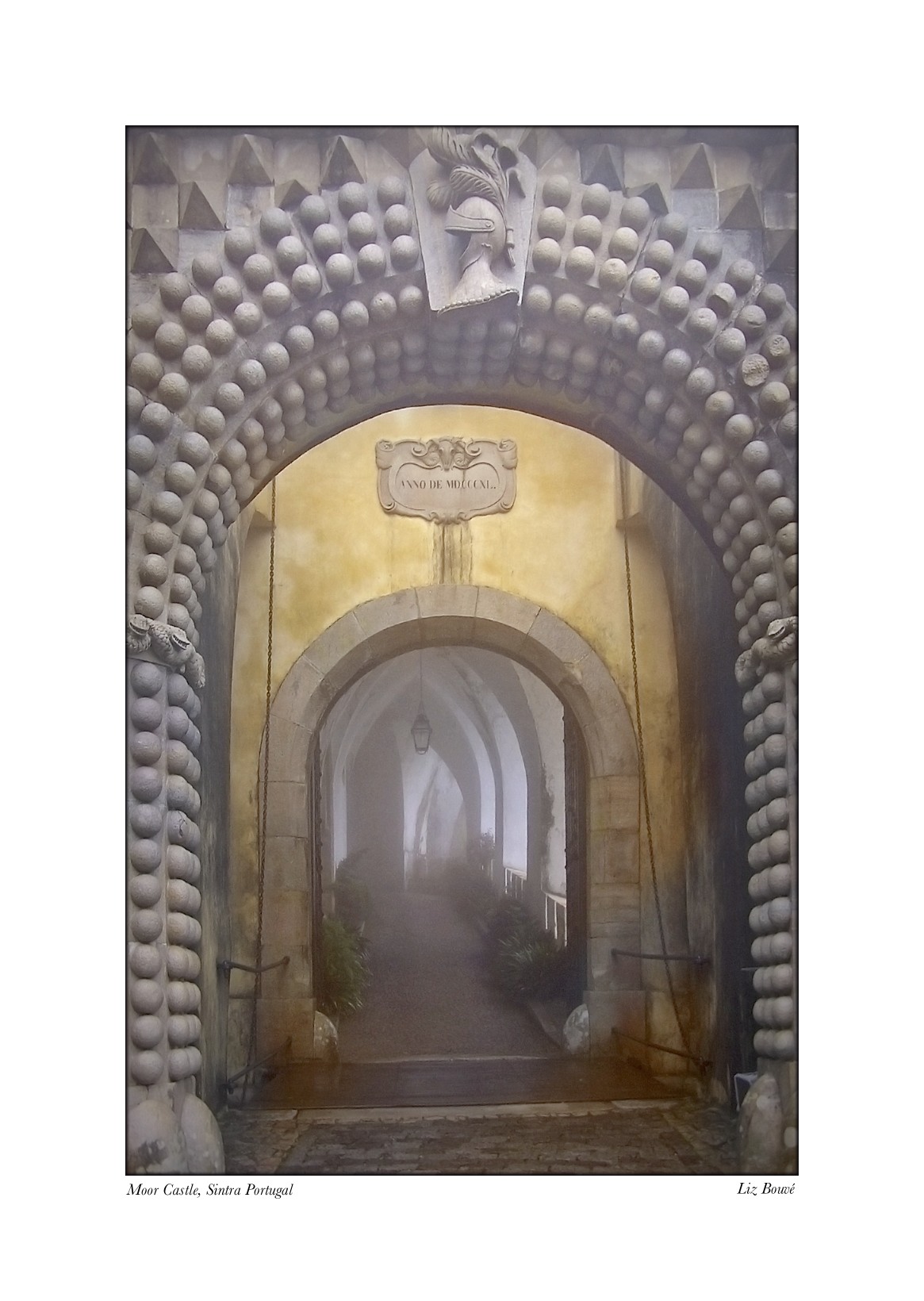
Third, I believe that the Johari Window will be more fully integrative if it also incorporates other major interpersonal models that fully compliment the ideas presented by Joe Luft. Some of these alternative interpersonal models can be traced back to sources from early in the 20th Century, while other models have been offered since the initial introduction of the Johari Window. I will first provide a summary description of the new model and then offer a brief exposition regarding the rationale for these expansions of the model. A more extended exposition will be presented throughout the remaining essays.
A Dynamic Model
The Johari Window has always been a highly dynamic model—though it has often been portrayed and used as a static model by those with only a superficial understanding of Luft’s analysis. As a static model, the Johari Window defines the relatively openness of individual people in their interpersonal relationships, irrespective of the specific relationship being taken into account.
The Window was always meant to be highly contextual. The processes of disclosure and feedback that determine degree of openness are highly dependent on the nature of the relationship being established and the interplaying and reciprocating behavior that commences in this relationship. Even within a specific relationship, processes of disclosure and feedback will vary from moment to moment, depending on the setting and the specific issues being addressed.
The New Johari Window is even more dynamic and contextual, for it offers even more finely differentiated panes in Quadrant 2 and 3. Each of these panes can, in turn, portray subtly nuanced interplay amongst actors in an interpersonal drama. The key element in this subtle interplay, however, remains the same and consistent—this key element is trust. I begin, therefore, with a visit to the domain of trust and suggest that even this seemingly straight-forward dimension of interpersonal relationships is, in fact, rather complex.







